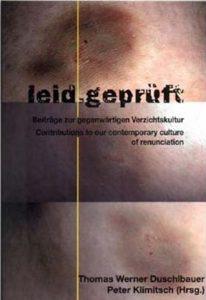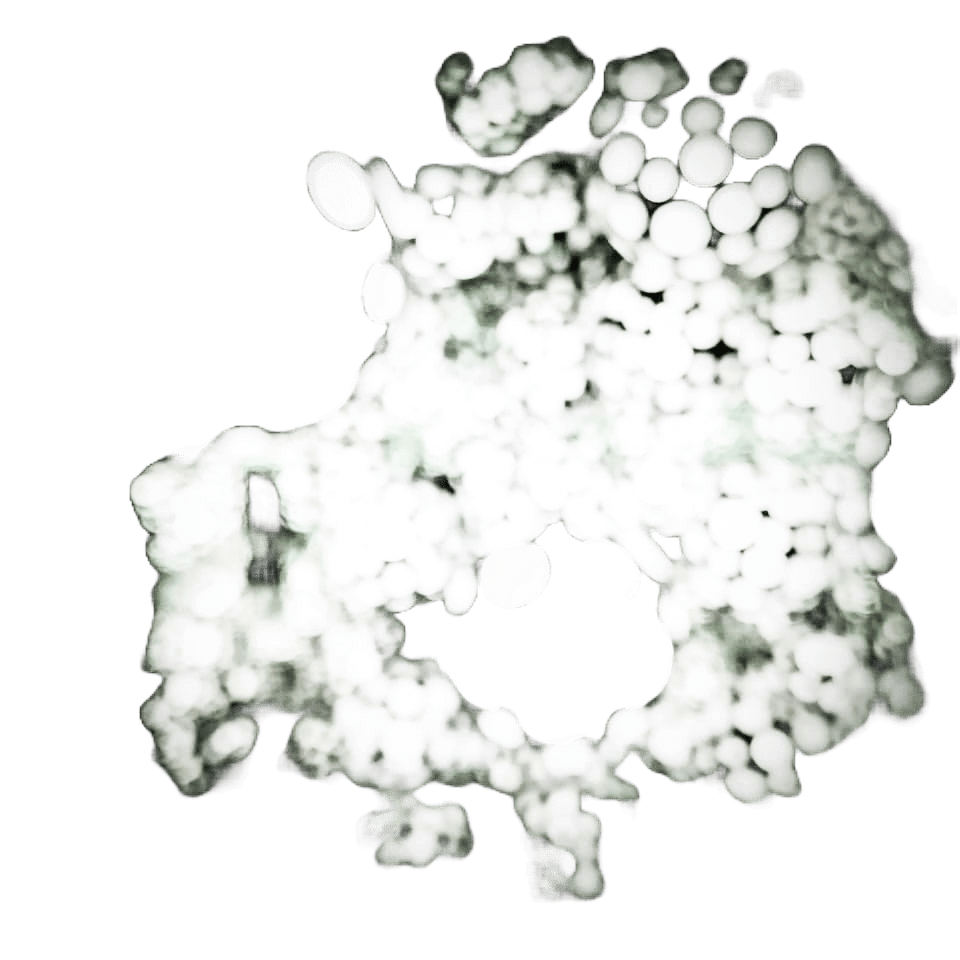2004
 Resulting from the glorification of inertia and suffering Gothic can be seen as built on masochistic premises. But while early Gothic texts seemed to focus on the trials and tribulations of victimised heroines, contemporary gothicisms serve as markers of renunciation. Gothic identity, seen as both the identity of fictitious Gothic heroes and of people for whom Gothic has become a lifestyle (from alternative performance artists to the members of the Goth subculture), advocates wilful embracing of the Other as a means to renounce any aspects of conformity expected of the members of Western post-industrial societies. Having incorporated identity and properties of the Other, modern-day Gothic heroes indulge in celebrations of carnivalesque martyrdom in the name of ascertaining their individuality. The paper discuss the role exposure to pain and suffering and its submissive acceptance play in the formation of Gothic identity. The paper’s main assumption is that self-induced melancholia characteristic of Gothic heroes is generally a therapeutic technique aimed at combating post-traumatic depression by means of developing an alternative narcissistic identity. Gothic renunciation of conformity can thus be said to undergo a number of fixed stages: from the initial rejection of society’s norms, through the discovery of masochistic pleasure in passive resistance and development of manipulation skills, to the hedonistic enjoyment of the fully-formed narcissistic identity. The moment when disease becomes an aesthetic ideal, pain turns to pleasure and Gothic succeeds.
Resulting from the glorification of inertia and suffering Gothic can be seen as built on masochistic premises. But while early Gothic texts seemed to focus on the trials and tribulations of victimised heroines, contemporary gothicisms serve as markers of renunciation. Gothic identity, seen as both the identity of fictitious Gothic heroes and of people for whom Gothic has become a lifestyle (from alternative performance artists to the members of the Goth subculture), advocates wilful embracing of the Other as a means to renounce any aspects of conformity expected of the members of Western post-industrial societies. Having incorporated identity and properties of the Other, modern-day Gothic heroes indulge in celebrations of carnivalesque martyrdom in the name of ascertaining their individuality. The paper discuss the role exposure to pain and suffering and its submissive acceptance play in the formation of Gothic identity. The paper’s main assumption is that self-induced melancholia characteristic of Gothic heroes is generally a therapeutic technique aimed at combating post-traumatic depression by means of developing an alternative narcissistic identity. Gothic renunciation of conformity can thus be said to undergo a number of fixed stages: from the initial rejection of society’s norms, through the discovery of masochistic pleasure in passive resistance and development of manipulation skills, to the hedonistic enjoyment of the fully-formed narcissistic identity. The moment when disease becomes an aesthetic ideal, pain turns to pleasure and Gothic succeeds.
